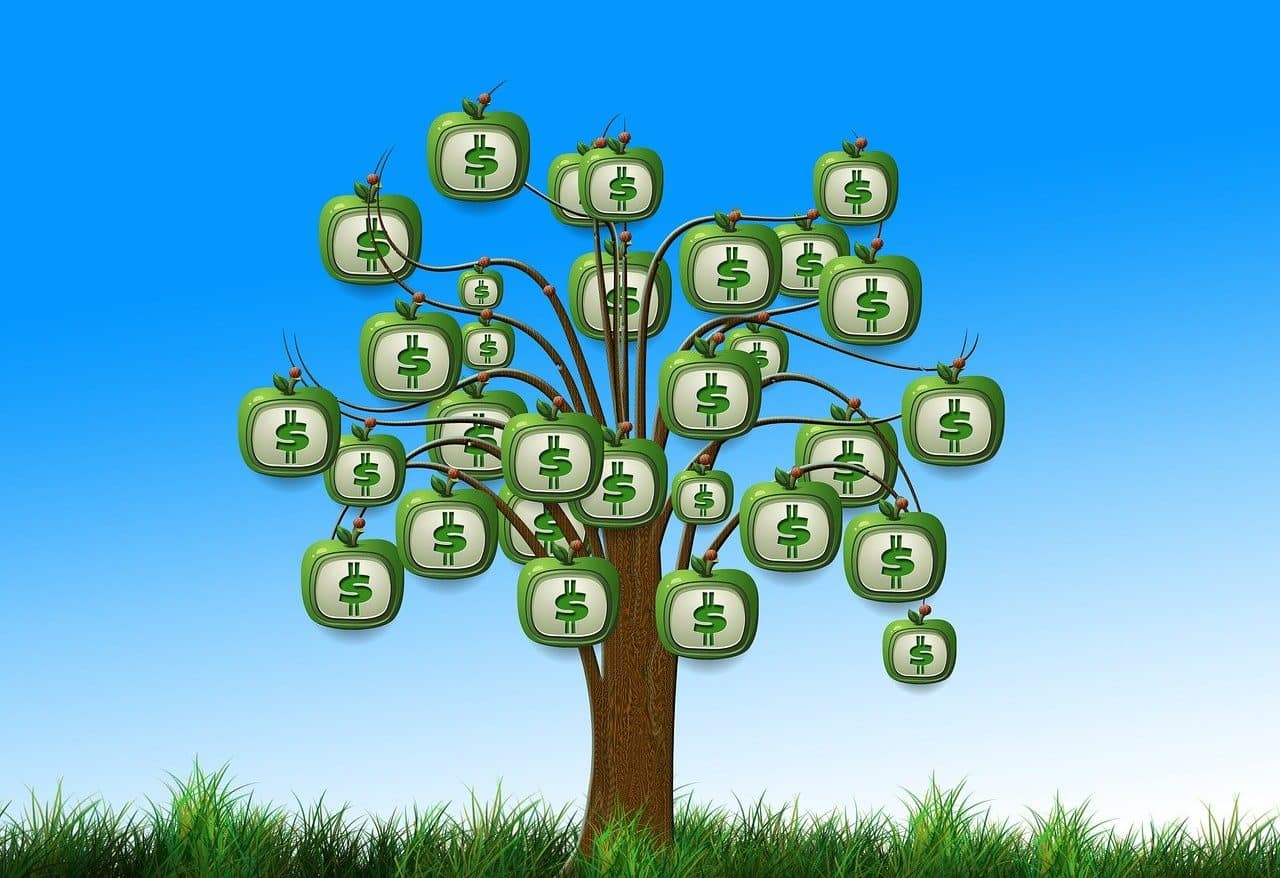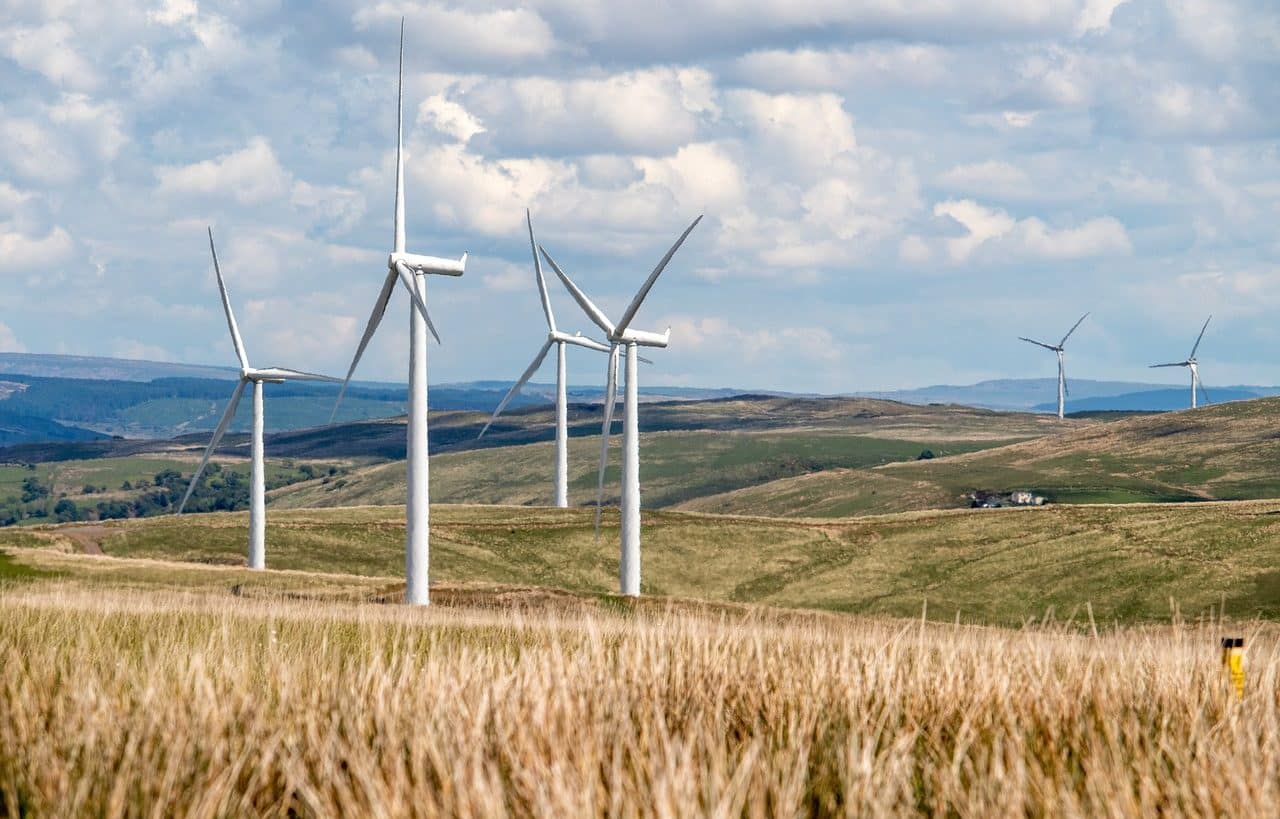
Harnessing energy from the oceans means generating clean energy.
Clean energy is energy that does not generate pollution or waste within the framework of its production process. Therefore, obtaining it does not harm the environment.
The idea of energy is used to refer to the natural resource that can be used at an industrial level through the application of technology and other associated elements. The notion also allows us to refer to the ability to transform something or put it in motion. The adjective clean , meanwhile, refers to that which does not have dirt or that is free of harmful elements.
What is clean energy
Clean energy is based on the use of water, wind and other natural sources . Although the notion is associated with the absence of pollution , it is common for certain types of energy that pollute, albeit at low levels, to be included in this group.
The promotion of clean energy is due to the need to take care of the environment . While the demand for energy continues to grow, the negative effects of its production also increase. On the other hand, the most used energy sources are not renewable, which means they will be exhausted in the medium or long term. At this point, it is necessary to promote the use of renewable energies , many of which are also clean energies.
Although they sometimes coincide, it must be considered that clean energies are not equivalent to renewable energies. Clean energy does not pollute or produce waste, but it can come from a non-renewable source. Renewable energy , meanwhile, can be polluting (as happens with biodiesel and biogas ).
Wind energy , solar energy , hydroelectric energy , biomass energy and geothermal energy are often mentioned as clean and renewable energies.

Clean energy promotes sustainable development and promotes a green economy .
The environmental impact
As we already indicated, it is understood that clean energy has zero or limited environmental impact. This is calculated taking into account the direct effects of its production, although there are other factors that must also be considered.
Let's take the case of hydroelectric energy , which is considered clean energy since it does not generate the emission of greenhouse gases . It is estimated that around 44% of electricity generation from renewable sources corresponds to this type of energy. Beyond its advantages, hydroelectric energy requires the construction of dams , a fact that encourages deforestation and requires industrialization that is not harmless. Therefore, although hydroelectric energy is not polluting in itself, it is associated with certain procedures that do cause a deep environmental footprint.

Wind turbines associated with a wind turbine make it possible to obtain clean energy, converting kinetic energy into mechanical energy and then into electricity.
Advantages of clean energy
The main advantage of clean energy is that it does not pollute , unlike what happens with the use of fossil fuels (such as oil , natural gas and coal ). Comparing it to these energy sources, its extraction cost is also much lower.
Another aspect to consider is that, in general, clean energy comes from resources whose replacement occurs naturally. They are generally, as we have already seen, renewable energies : they are not exhausted with their use.
A point in favor of clean energies is that, due to their characteristics, they are safe . They do not work with toxic substances and that is why it is possible, if necessary, to dismantle the infrastructure without great risks.
The creation of jobs and the boost of local economies are more benefits attributed to the exploitation of clean energy, which can also contribute to the energy independence of the producing nation.
The energy transition
There is a consensus about the need to carry out an energy transition towards clean and renewable sources . This is linked above all to the emission of greenhouse gases , which cause global warming .
Most greenhouse gases are emitted by human activities, especially the burning of fossil fuels . When these gases accumulate in the atmosphere, the sun's rays that bounce off the surface cannot leave again, causing the planet's temperature to rise.
Global warming implies climate change that causes numerous problems, such as the melting of glaciers, the rise in sea level and the advance of desertification associated with droughts. That is why the international community maintains that energy from fossil fuels must stop being used, being replaced by clean and renewable energy.
A solar panel , a wind turbine and a geothermal power plant , for example, are elements and infrastructure that are needed to advance this transition. The same can be said of a hydroelectric plant that takes advantage of tidal energy or wave energy .
It is important to keep in mind that the replacement of energy sources cannot be abrupt. We speak of distributed generation when multiple sources close to the place of consumption complement the traditional electrical network.
The purpose is to commit to zero-emission energy or carbon-neutral energy . International conventions such as the Paris Agreement and the Kyoto Protocol lay the foundations and set objectives for this energy transition.
If we add to this more planet-friendly energy consumption habits, such as the use of electric vehicles, LED light bulbs and high-efficiency appliances; the installation of smart meters for energy savings; and the construction of eco-housing , the environmental situation will undoubtedly improve.
